
Did you know that Activision and Square once partnered to release a game based on James Cameron’s 1986 sci-fi action movie Aliens? Are you aware that it was released for the MSX home computer, and that a port for the Famicom Disk System was completed but never released? Do you care that a prototype copy of this unreleased FDS port was recently discovered and is available for download here?
Honestly, this is something I never thought I’d get to play. The world’s only known copy of Aliens for the FDS popped up in a Yahoo Japan auction a few months back, where it was bought by a private collector for a stupidly large sum of money. In many similar cases with unreleased prototype games, this is where the story would end.

A few days ago, however, “Yuki” at the No-Intro forums released a disk image of the game, commenting later that “I bought this FDS from the collector who went mad.” How much was paid? “Oceans of money.” Yikes.
(Yuki also regularly tracks down and buys sealed copies of FDS games, just to ensure clean disk image rips [trivia: an FDS game is automatically corrupted in some way once it’s been played for the first time, as save files and other changes are permanently written to the disk]. It’s a ridiculously expensive undertaking for an act of preservation that very few people know about or appreciate. Yuki is awesome, basically.)

The game itself is gloriously bad. It’s not so overwhelmingly awful as to be no fun; it has just enough quirk to inspire you to keep playing, just to see what bad design decisions await you in later levels. It could have easily stood alongside Predator, Rambo, and other not-unplayably terrible games that were released for the Nintendo Entertainment System during its lifespan.

For your consideration: this is how high your character is able to jump. Note that this is only possible with a deep, full press of the A button — tapping it only scoots Ripley across the ground. You’re eventually able to upgrade your jump by collecting power-ups…which disappear every time you lose a life. And losing a life is really easy to do, because…

…every enemy sprays acid all over the damn place after you kill it, damaging Ripley if she’s in close proximity. Problem: enemies appear so suddenly that they’re always in close proximity. It’s not uncommon to be damaged by an unexpected enemy and to then absorb another couple of hits after killing it.
So, after losing a few lives, you start blasting every single enemy and egg you see, leaping away in panic after firing every shot, so as to not to be showered with acid from exploding aliens. You soon discover a few new power-ups.

There are several different kinds of grenades. You can throw them by holding up and pressing the B button. In any other game, you might use them to take out faraway groups of enemies.

In this game — in which many aliens introduce themselves by teleporting in front of your face — grenades are basically worthless.

The invincibility item is more useful, especially since you can collect and store up to three of them at once. Activating it is easy and intuitive — simply hold up, then hold A, and while you’re at the top of your jump, tap B.
(By the way, the Select button? It does nothing.)

Here’s the game’s first major obstacle. Even if you collect every single jump upgrade available to this point, you still won’t be able to jump over this wall.

The solution? Hold A, then hold up on the d-pad. You’ll do a silly-looking somersault and appear at the top of the cliff. This move is required throughout the game, and even when you know how to pull it off, it only activates a fraction of the time. The real fun is when you have to do it over a bottomless pit!

Equally fun is the crawling mechanic, which is required to pass under low ceilings. You can slowly crawl by ducking, holding left or right, and rapidly tapping the jump button. Like, really rapidly, to the point where it feels like you’re doing something the game doesn’t want you to do.

You’re almost there! Did you remember to collect all three jump power-ups? If not, you will die here, and you’ll have to start again from the very beginning.

Soon, you will learn to hate doors.
Read the rest of this entry »





























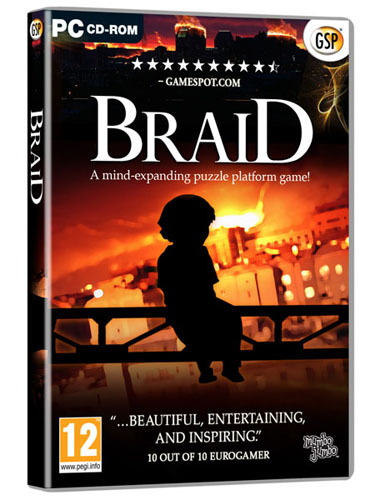
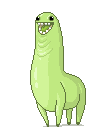

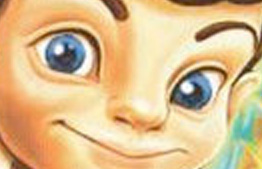




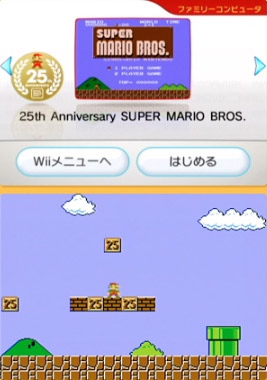












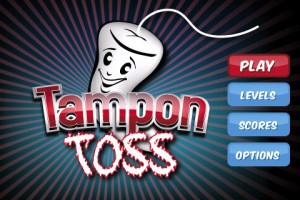


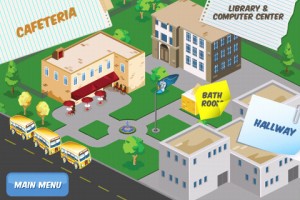





 Alex Kidd in Miracle World
Alex Kidd in Miracle World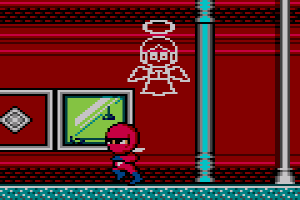 Alex Kidd in Shinobi World
Alex Kidd in Shinobi World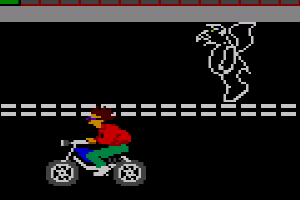 Alf (yes, really)
Alf (yes, really)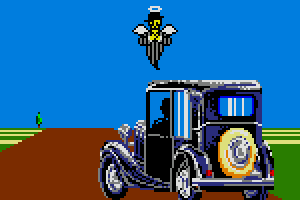 Gangster Town
Gangster Town



